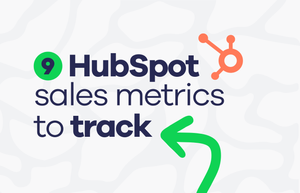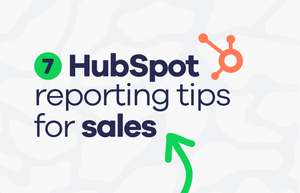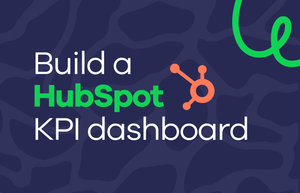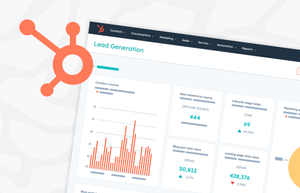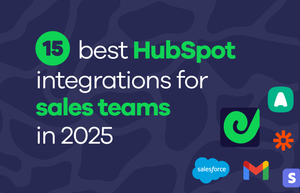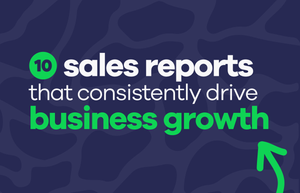9 important HubSpot sales metrics to track
When it comes to sales, numbers tell the real story. But with so many metrics out there, it’s easy to get lost in the data. That’s where HubSpot comes in; it offers a ton of ways to track your sales performance, but knowing which numbers actually matter can make all the difference. Focusing on the right HubSpot sales metrics gives you a clear path to better decisions, smarter strategies, and more wins.


